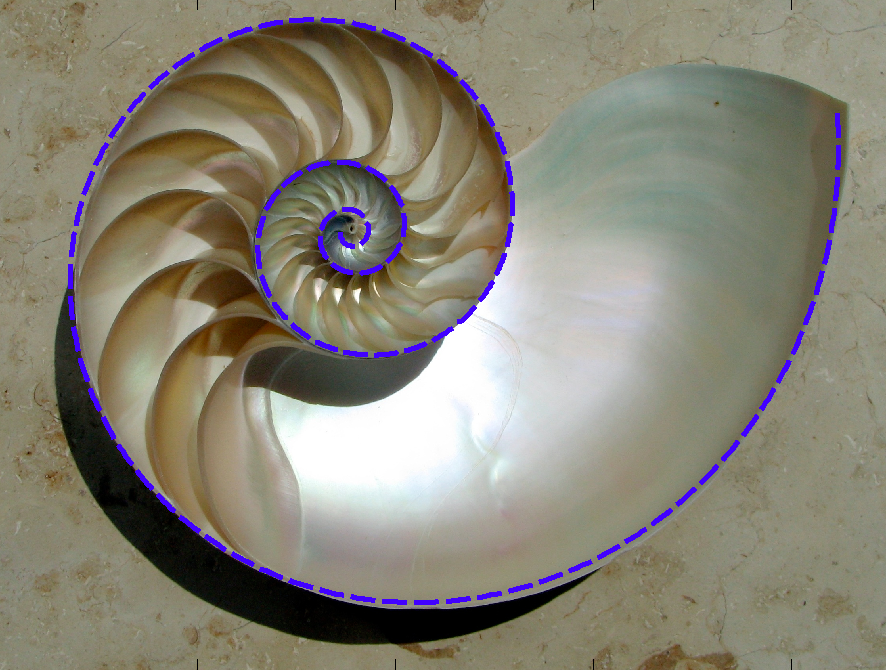John Napier contemplated the difficulties of mathematical calculations:
One of his first innovations was what came to be known as Napier's Bones: a set of sticks that simplified multiplication by converting it into addition, a first step on the road to logarithms:
Napier's Bones
A more in depth look at Napier's Bones:
By the time of Johannes Kepler (1571–1630), astronomy had been making great advances and a huge amount of data had been accumulated on the motions of the planets. However, the number crunching required to analyze this data was horrendously time consuming and tedious in the days before calculators and computers.
As Michael J. Bradley notes in his excellent Pioneers of Mathematics series:
Logarithms: Brief History and Brief Math (TANTON Mathematics)
Introduction to Logarithms
Logarithmic Spirals are found in nature in a multitude of fascinating ways:
From the shape of Nautilus Shells:
To the shapes of hurricanes and spiral galaxies:
 |
| Logarithmic Spirals Isabel and M51 Credit: Comparison and M51 image copyright Brian Lula; Hurricane Isabel, courtesy GHCC, NASA |













No comments:
Post a Comment
Note: Only a member of this blog may post a comment.